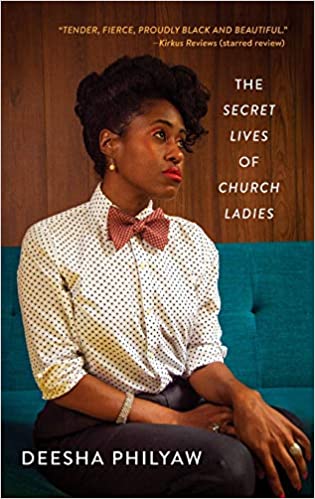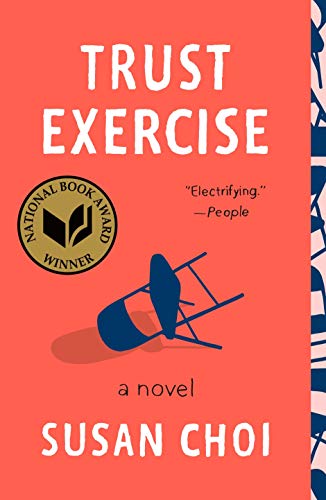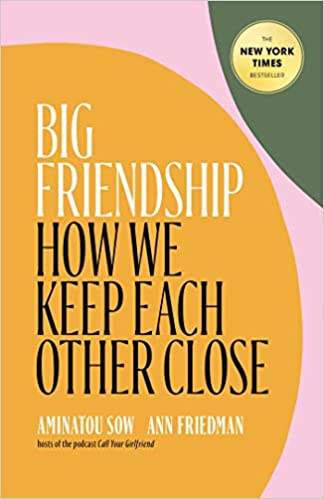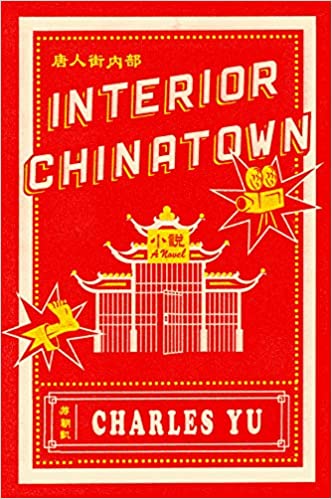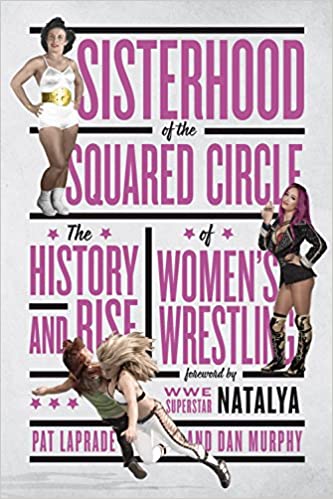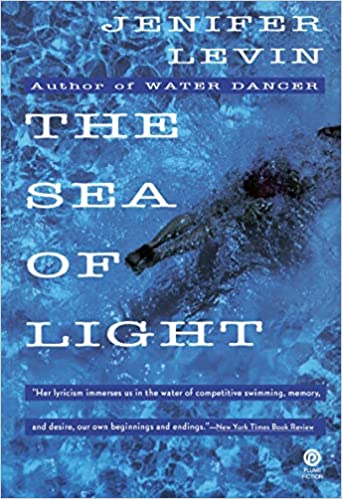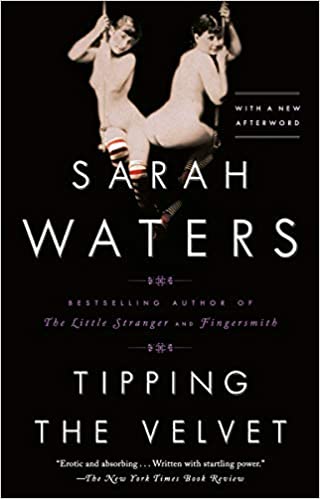1
why did she instagram the insides of a dead dog
mixed with sod, under a tree, is this the end already or not yet?
all day my stomach storms with muddy gushes of sod.
my brain keeps mum. body collapses. at night, the bed under me caught on fire.
2
they say, after having a child, you should take some time to yourself,
and keep waiting for him.
then wait for him to start speaking,
after he has started speaking.
my son.
once, in the night, as I watched you sleep,
love gushed like muddy amniotic fluid
from the ceiling.
the world that awaits us –
stone-hard, lonely,
like an abandoned manufactory in the industrial park
with the giant of a wild burdock growing inside,
colonies of blind worms, rays
of black sun.
how I waited for you, my boy,
so that I can wait longer and longer.
often, startled by that thought of you inside me,
I loved from a distance.
3
a tongue lashes at its limits.
day three of a depressive episode.
dead mint and cold dill on the table.
berries have no taste.
a tongue won’t cross these limits.
it’s serious there. inside the limits
guys with machine guns walk around the clock.
alarm.
the world like warm boiled water
we have to take in small sips
when sick.
who likes that?
a filthy kitchen. fat inside and out.
even the faces of the sun that reach here
through the grape leaves by the window
speak of dysphoria.
stupidly, I sit and hiccup.
4
pregnant cows in the buzzing armor of botflies.
as a child, by the river, I was afraid to approach them,
but today in my dream I lie
next to a cow, sucking its warm milk,
at once milk turns sour in my mouth
not made for conversations, for kissing.
5
perhaps I have to try harder, be
more sensitive, stop being jealous, invent something new inside my dailiness,
be lazy less, because really with some things – it’s my own fault, my own failure –
this is how every woman thinks when he screams or, vice versa, is silent and leaves,
when he is upset and the space tightens, oppresses
or like he has no clue . . .
what is happening? in one episode the star
of patriarchy’s death went out. all as before:
a rain of tears. The TV’s blackhead gleams.
I watch and eat my fat.
6
fat hugs the body inside and out,
breasts like old buckets hang over a dark river
of madness. it’s summer. in summer
a body sweats and becomes sticky in twenty minutes, it’s scary
to allow a touch and to undress.
I eat rotting strawberries. I watch
the hearths of faces on the internet. in summer
thoughts shrink to the size of children’s swim trunks or socks,
clitoris swells more often.
we are together only yesterday and tomorrow,
but never today. your body like a cello
string. at night you put your hand
on the oily hearth of my face, on my stomach’s tumor,
you listen to the dull steps of a guilty heart. soon
together we will slurp blood with soviet spoons
barricaded behind a thunderstorm in sullen Galicia.
7
because loneliness is the soviet spoons in my grandmother’s creaky kitchen cabinet,
my favorite polka-dotted mug, the slaps delivered by my mother.
it is a rural discotheque on a workday – almost empty,
only ‘Solnyshko v rukakh’ and the old cars smelling of gas by the community center.
it is a blind eye of a rural bus station and dark-green hands of boreal grass,
it is a way back.
8
summer. in the banya: grandma and I. I play
with a little birch broom, playing a witch, pee
on a dirt floor.
her vulva resembles a wild grey rabbit –
large, a bit fat and grey
with long hanging ears. why?
‘I birthed many children
I scrub my heels with an old knife
I want to be alone, but have to
watch you.’
I leave the sauna and feel
the wind from the river embrace my red skin.
my dog’s name is Till Eulenspiegel.
I write letters to my future self:
‘Don’t live in the further on. Live here. Soon time will blow up our bodies.’
9
your body is a bow string. mine is all grandma’s jam and river slush.
my clitoris resembles the snout of an anteater, your thing is
made of warm marble in summer. when we are together – something’s off.
the world rests on this. and every day at home like sleepy flies
in the bushes of hogweed, we lay on white clusters of pillows,
read about the end of the world in long books and in the cursive of vascular networks.
10
sour soup in an old pot. glam poster-icon above the table.
cellulose sausage, pink like Mary’s eyes. wind
carries the angel of smog through the window. burning roses of factories.
laughter of the past in a grey sandbox. already outsiders, though still kids,
signed up for the slavistics club at the local community center, we took part
in the ‘solstice’ festival, took part
in the Bolotny protest, but kept to the margins, ignorant of the cause, not
knowing about Tiananmen, in the future or in the past we supported
the protests of long-haul truck-drivers, ourselves too, we rushed someplace in dark vans,
watered ourselves with red Krasnodar wine, swallowed fire in night parks, covered the asphalt
with a carpet of sunflower shellings, we also counted small change, also
used real mail.
11
sometimes it seems that my hands are swift tiny paws:
they launder, wash, cook, move things from place to place,
but there’s no place for the things. we live tightly.
the house is filled with things, like a nest of thrifty birds,
and when we get tired – we shriek and peck each other.
here, our son fell out
from the nest into a new game, into a complicated world.
paws live their own life: they write at night, on the toilet,
in the tram, in the hotel, in the middle of a street, even in bed. rush,
paws, so much to do.
and my head is like the head of a large restless bird moving left to right,
thinking of what to do and how to do it:
he’s hungry, I’m hungry, they are hungry.
almost the whole world is hungry. somewhere
there isn’t even water. we have to invent food and water
that would reach everyone from everywhere.
write, paw.
paws, perhaps, like a racoon’s –
swift, fidgety,
yet if someone comes and does
what father did, what boys did at school, and guys
from the neighborhood, total
strangers, drunk friends and poets, I know
I have claws, I’d say, razor-sharp,
they would tear his body, release his blood,
even if even if they’re scared. little paws.
I remember grandmother’s hands – hard like stones,
cracked from laundry and soap, like dried steppe clay,
also cracked – and pink pulp in the cracks, droplets of blood.
she sits on a low stool by the stove and caresses, comforts her own hands:
Just a bit longer and then I can sleep.
mama says: grandma needs a good hand cream, no,
she needs a different world
where grandfather doesn’t chase her with a dog’s chain across the garden,
where food and things create themselves,
a world of different labor.
caress me with stones, grandma,
lie next to me,
the way I lie right now next to my son,
and my hands are only my hands,
rumpling his hair,
moving time in any direction, in any order –
like magnets on the refrigerator.
in one direction, when all the nests of paper lampshades in our apartment block
light up simultaneously,
and the pots in the kitchen are whistling, wet
laundry dances, bread multiplies,
mama, once again
I want to eat your rough hand that caresses me.
12
white towers of beautiful cakes,
cool boots
from fashion magazines – all
of this like it’s not meant for us.
Lisa magazine recommends
getting enough sleep, following
the Mediterranean diet:
strange berries of olives, cheeses
with the aroma of socks (dad is laughing: ‘bullshit!’), monsters
of underwater depths: wow!
my body
is like a tattered women’s magazine
from the 2000s, you could leaf all you want
and be surprised, but how about
an empty page at the end . . .
and what about us?
crooked shitcakes of old cows
on the road, the cozy smell
from the bread factory,
the darkness of children’s heads
doused in camphor.
13
this mole under a breast, like a lost raisin,
I want to tear it off and eat it.
these cracks on the belly like trails through the taiga
hello, my son! I’ve reached you.
you were inside my belly, like in a small timeless bog,
and now we are walking towards the house
with bags full of berries.
at night on my thighs I’ll see
new berry juice.
is it the month that’s coming to an end or all time? in a dream
I walk, and behind me
a shapely army of pills,
menstrual pad trailblazers,
raging fat.
will there be knots on my fingers?
will the nets and snares on my legs
spread? when
will the traps of bones start clacking,
the boards of the back collapse,
when will time blow up the inflatable tubes
of eyelids?
14
your body, like the wide gates of an old town, welcomes me.
my body, like the long grocery lines of the past, moves slowly.
do you see how at night in the Carpathian mountains
the animal of the moon eats its own body,
spitting the bones into our window? a dream puts on a black hat,
loneliness wears a new jacket.
tea and wine widen the body. states exploit a body.
the state has long since ceased to be that sovereign’s body, many-headed inside,
it’s more like a street the morning after a protest, the ruins of shopwindow. you like it?
do you want to go back there?
in the Carpathian mountains the low drone of dead trembitas,
followed by a Huzul night song.
we animals, we herds of autonomy.
Photograph © Mary Gillham Archive Project
This translation by Valzhyna Mort is forthcoming in F Letter: New Russian Feminist Poetry, edited by Ainsley Morse, Eugene Ostashevsky and Galina Rymbu, from isolarii, fall 2020.
The post Summer. Gates of the Body. appeared first on Granta.
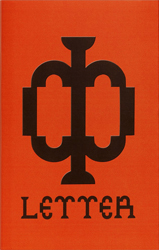
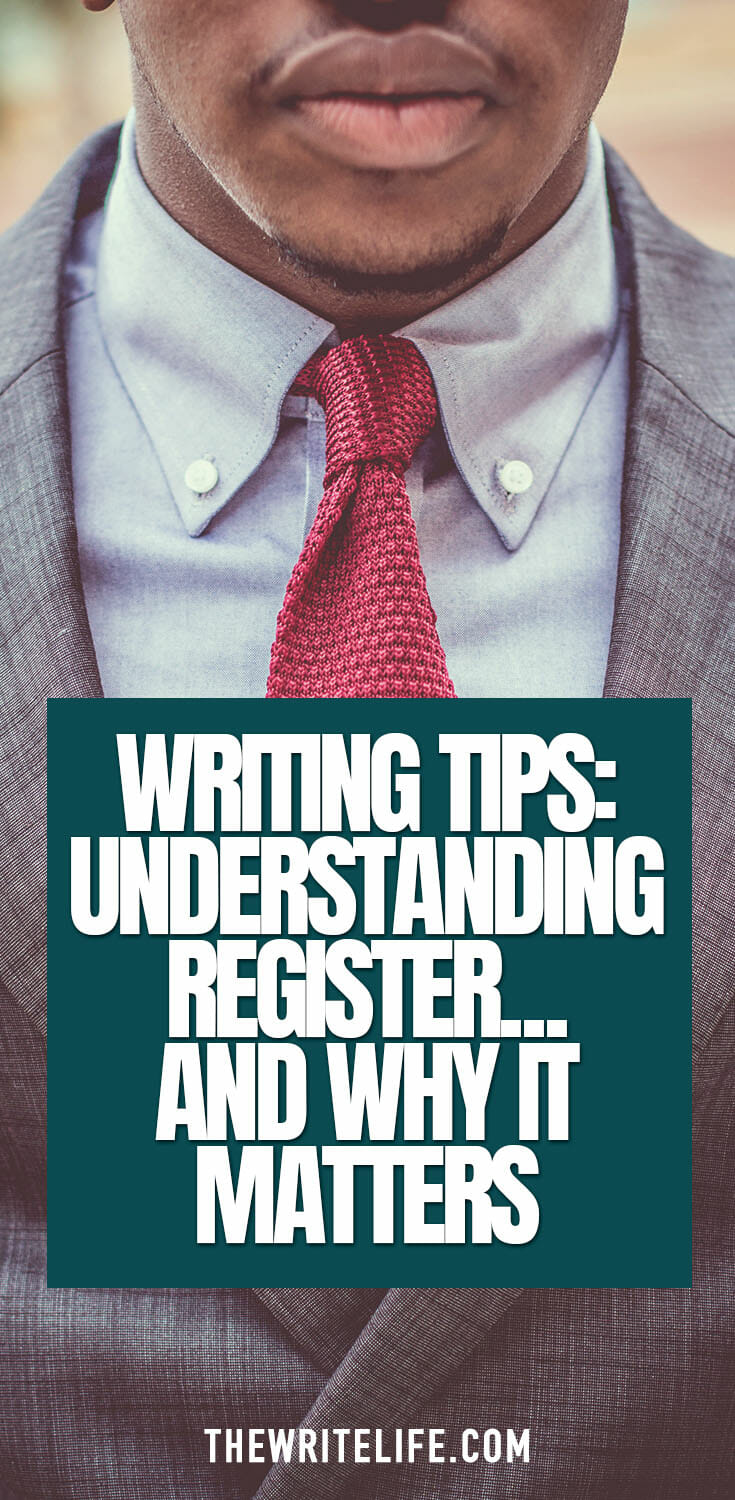 Why register matters
Why register matters
